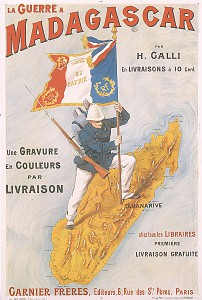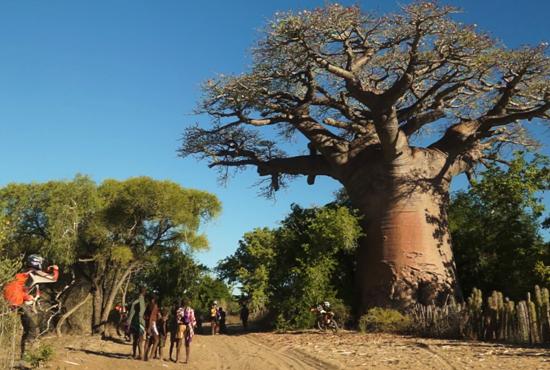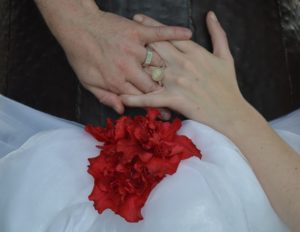The fascinating mixed culture in the Indian Ocean
The first signs of at least occasional or sporadic human presence on Madagascar are cut marks on the 2,600-year-old bones of an extinct giant lemur. Shortly before and after the turn of the era, seafaring peoples from Indonesia and Melanesia likely came to Madagascar. Despite the huge distance, people in these parts of the world already had
Since the 7th century AD, when Arabs engaged in a lively slave trade on Madagascar, the Vazimba’s presence has faded. It is considered safe to assume that at least some of the African heritage of the Malagasy people was brought to the country. However, over time, Africans must have also come to Madagascar from across the sea of their own accord, contributing to the fascinating mixed culture of the red island. The Sakalava, with their striking resemblance to the Swahili of the East African coast, and the cattle-raising Bara, whose cultural fixation on the Zebu is a clear indication of their Bantu African origins. By the 15th century, all 18 of Madagascar’s remaining ethnic groups had established their own independent kingdoms on the island. Established. The following long period of incessant wars among themselves is further explained in the History of Madagascar.
Madagascar in Colonial Times
After the numerically largest group, the Indonesian-descended Merina of the highlands, managed to subdue all other peoples at the beginning of the 19th century, they became the hegemonic power. This was followed by a turbulent phase of several. Kings and queens, culminating in the annexation as a French colony in 1895. The colonial period in Madagascar was a time of great suffering for the native population. Today, 18 tribes still live in Madagascar, some of them being “mixed race” as the Malagasy people mostly do not form closed societies. As regional affiliation to their former tribal areas no longer applies, we find members of various ethnicities practically at all hotspots in Madagascar.
Through colonization, the caste system of the Merina or Merina nobility, the Hova, and their slavery were abolished. In their place came the The French colonial rulers. With the independence of Madagascar in 1960, all old class and race barriers were ultimately abolished. Apart from a generally widespread and probably historically justified antipathy between the “Highlanders” and the “Coastal Dwellers”. The various peoples of Madagascar cultivate their very different cultural heritage with great passion. For this reason, there still exist a multitude of cults, rituals, and customs today. As we find not only Muslim-traditioned tribes but also those with animistic roots, there is overall an incredibly rich and colorful spectrum of customs and lived tradition.










